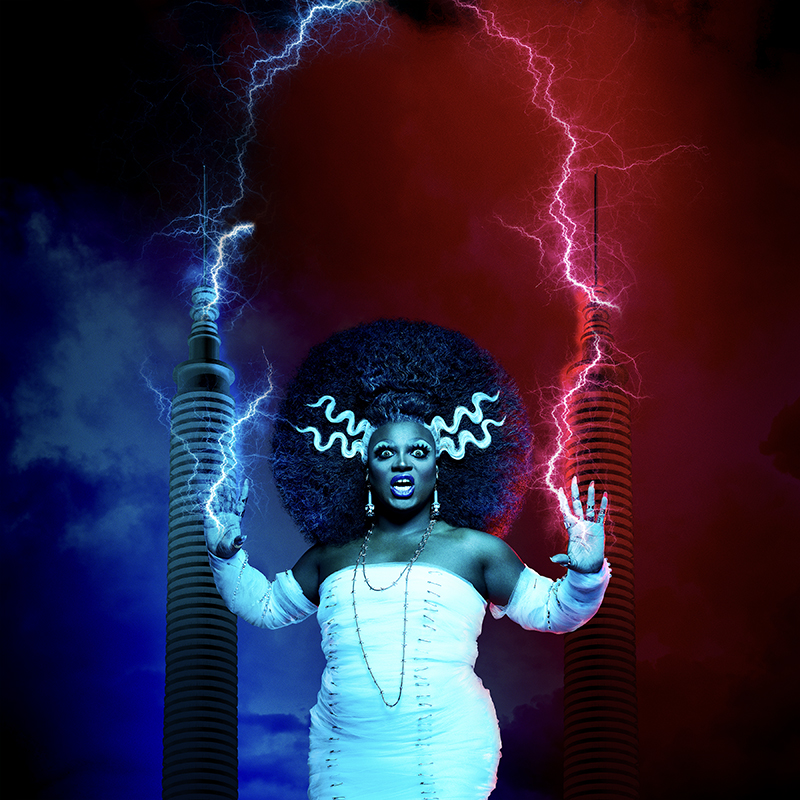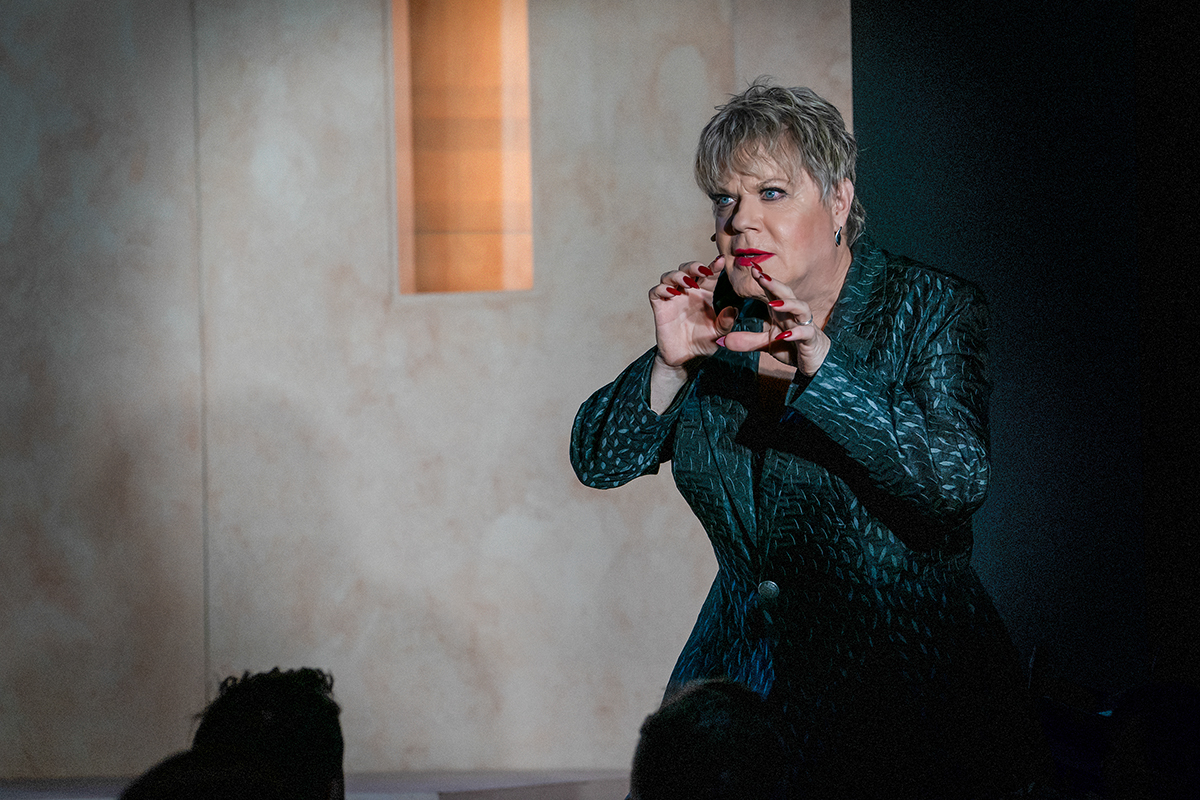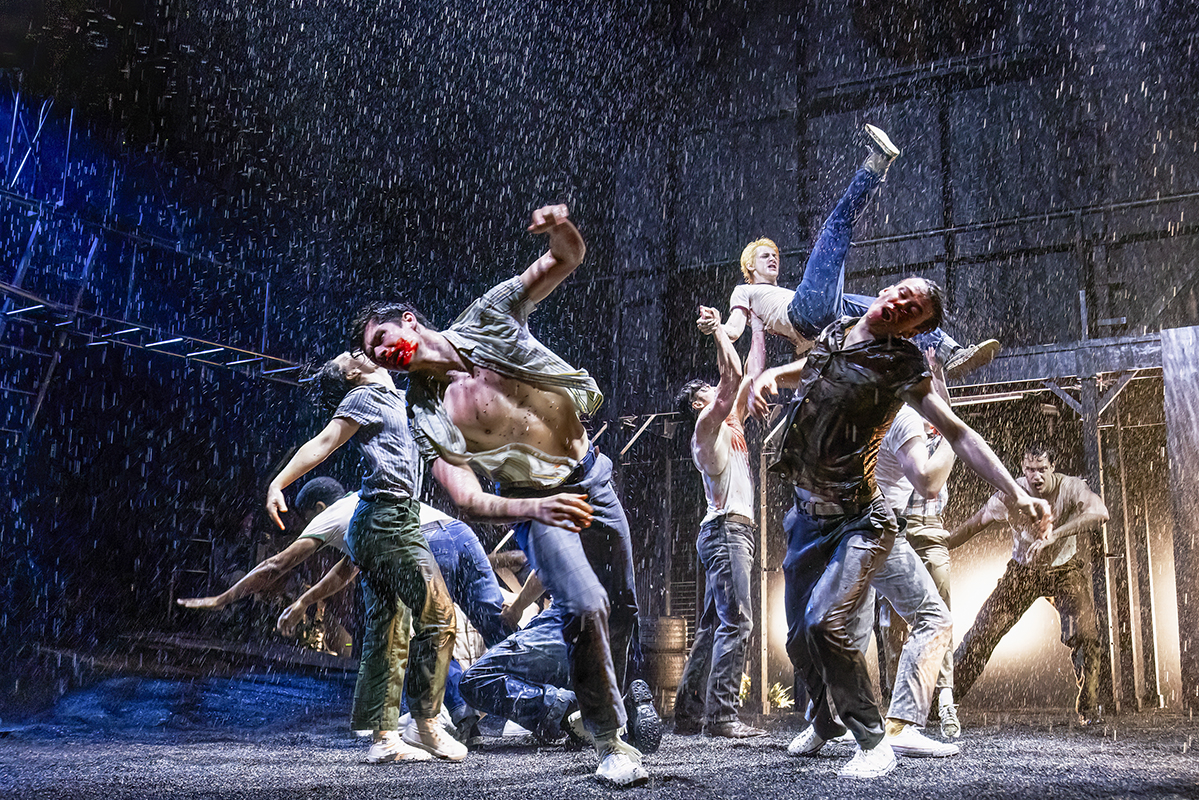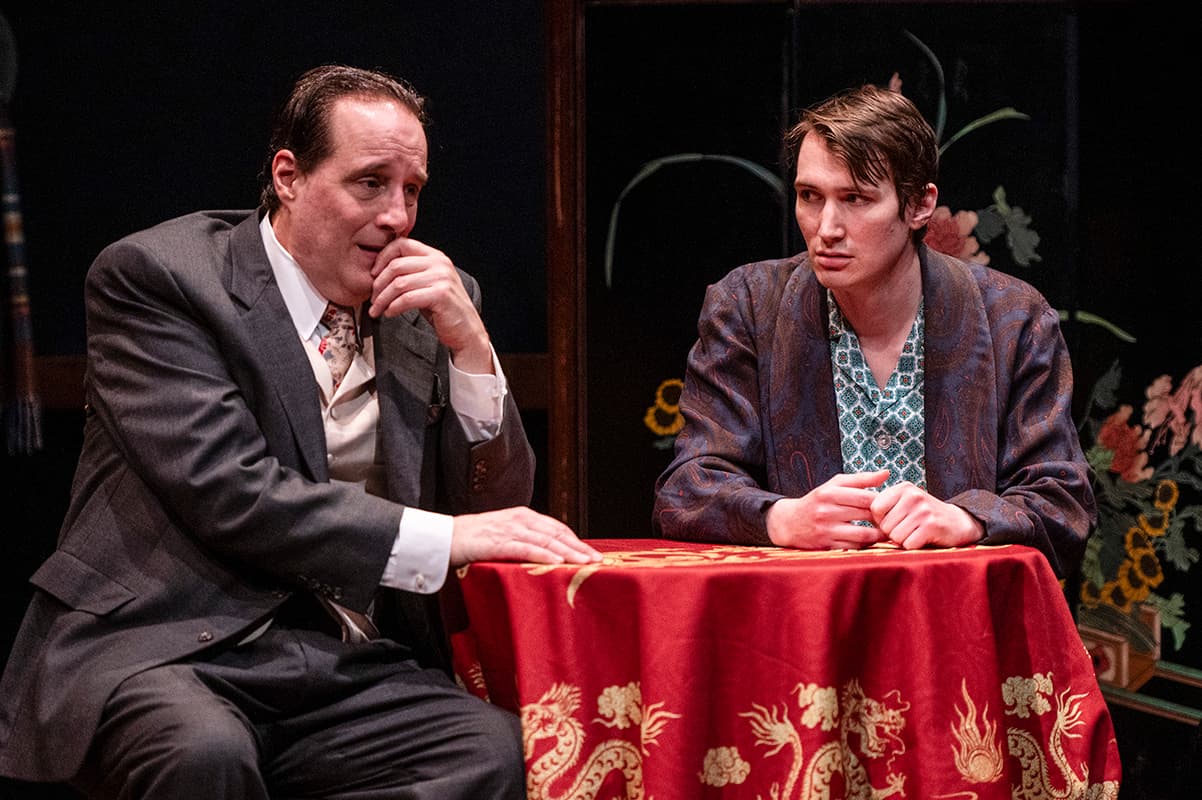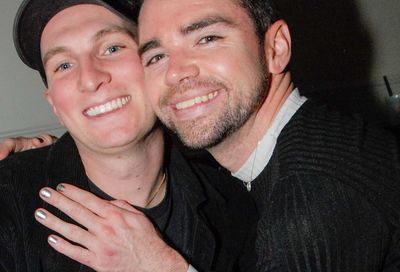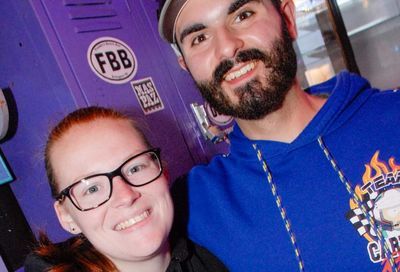‘Queer for Fear’ Review: Shudder Worthy
The richly entertaining 'Queer for Fear' charts a fabulous voyage through the history of queerness in horror films.

Give the makers of Shudder’s original series Queer for Fear: The History of Queer Horror (★★★★☆) four brisk episodes, and they might radically reorient your view of some of the greatest horror films of all time.
Actually, they’re talking about some of the greatest films ever made, period — from Murnau’s Nosferatu to Hitchcock’s Psycho. Schlock horror fare like Vampyros Lesbos and I Married a Monster from Outer Space are also up for discussion by the show’s esteemed panel of talking-head interviewees.
Series executive producer Bryan Fuller (American Gods, Hannibal) anchors the rotating cast of LGBTQ filmmakers, entertainers, actors, critics, and scholars who parse the queer subtext percolating beneath the surface — or right on the surface — of films you love, and films you don’t know but might love to see.
In terms of plot or characters, many of the movies referenced don’t read as explicitly queer. But, as the show consistently points out, many of the genre’s foundational creators, like Frankenstein director James Whale, undoubtedly were. The series explores how their queer experience, however it was lived or repressed, informed their creations.

Mary Wollstonecraft Shelley was at least bisexual. Described by Fuller as “the mother of the horror genre, and science fiction genre,” the Frankenstein author birthed the monster that started it all. Shelley and her monster would be considered outside society, a quality shared between queer people and the horror genre, comments actor-comedian Lea DeLaria.
Shelley is also amusingly considered through the lens of drag, with Alaska Thunderfuck, in a fierce Carrie White look, reciting from one of the 19th-century writer’s letters about being wound around the finger of her female acquaintance.
The show gets creative making its case for a queer reading of subjects whose queerness might be in question. Dracula author Bram Stoker, widely considered a closeted homosexual, nevertheless was married to his wife Florence for 34 years until his death.
Addressing the Dracula story’s sexual implications, Queer for Fear brings out receipts for Stoker, including his close friendship with Oscar Wilde. Stoker’s loving letter to Walt Whitman, “the most famous homosexual of the 19th century,” is set to scenes of wistful, hand-drawn animation.
“How sweet a thing it is for a strong, healthy man…to feel that he can speak to a man who can be, if he wishes, father, brother, and wife to his soul,” Stoker wrote.
How Stoker, or even an out gay filmmaker like Nosferatu director F.W. Murnau might channel their feelings into identifying with the genre’s monsters is a fascinating recurring theme. And the series backs those thematic aims with well-chosen film clips, a hallmark of horror streamer Shudder’s original docs and series.
From silent-era curiosities Haxan and Faust, to modern classics Heavenly Creatures and The Hunger, Queer for Fear unreels a treasure trove of material. The show’s creators also elicit nuggets of gold from some of the interviews.

Actor Oz Perkins, son of closeted Psycho star Anthony Perkins, provides frank insight into the Norman Bates actor’s career and rapport with Alfred Hitchcock that genuinely might alter the way viewers digest that movie’s quirks and kinks.
Hitch’s films earn the spotlight for nearly half of episode two, a highly informative hour that can’t help but note that some of the master’s greatest successes were penned by queer writers Daphne du Maurier (Rebecca, The Birds), Patricia Highsmith (Strangers on a Train), and Arthur Laurents (Rope).
Laurents’ one-time lover, Farley Granger, starred in both Rope and Strangers on a Train, two of the gayest flicks made by Hitchcock or anybody else in the forties and fifties.
But they barely hold a queer candle to 1958 horror-sci-fi cult classic I Married a Monster from Outer Space, set in a town where all the menfolk, replaced by aliens, meet up in the woods at night for…socializing.
Not every movie on the menu will require much of a reach to grasp the queer reading. For the ones that demand you do peer a little closer, Queer for Fear has the likes of Fuller, DeLaria, Alaska, Kimberley Pierce, Bruce Vilanch, BenDeLaCreme, and many more to help point the way.
Queer for Fear episodes 1-4 are available for streaming on Shudder. Visit www.shudder.com.
Support Metro Weekly’s Journalism
These are challenging times for news organizations. And yet it’s crucial we stay active and provide vital resources and information to both our local readers and the world. So won’t you please take a moment and consider supporting Metro Weekly with a membership? For as little as $5 a month, you can help ensure Metro Weekly magazine and MetroWeekly.com remain free, viable resources as we provide the best, most diverse, culturally-resonant LGBTQ coverage in both the D.C. region and around the world. Memberships come with exclusive perks and discounts, your own personal digital delivery of each week’s magazine (and an archive), access to our Member's Lounge when it launches this fall, and exclusive members-only items like Metro Weekly Membership Mugs and Tote Bags! Check out all our membership levels here and please join us today!



